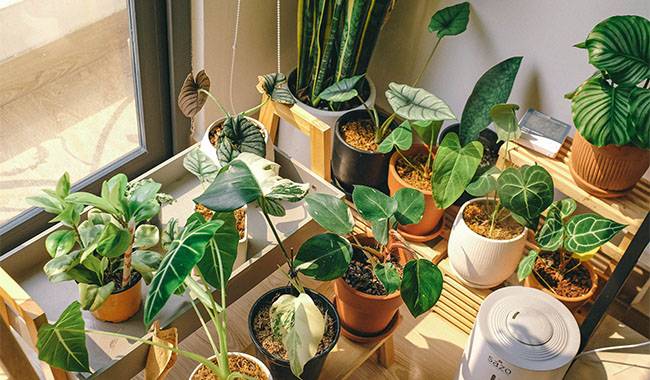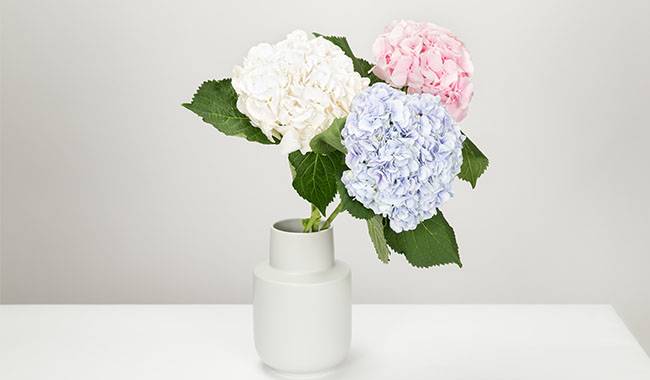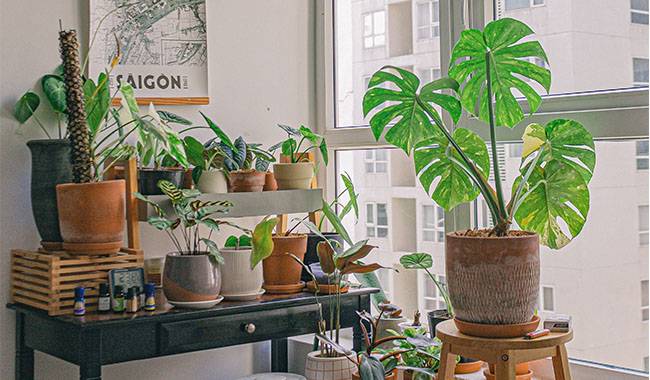
It’s not hard to avoid making mistakes when growing houseplants. Instead of relying on intuition, you should always follow the individual instructions for each species. Despite the availability of information on every nuance of cultivation, people often treat houseplants carelessly, if not negligently, ignoring their requirements and characteristics. Or they try to find their own rules and standards of care, which gives rise to dangerous cultivation myths. Let’s get to the bottom of 5 key misconceptions that lead to plant loss and endless repetition of common mistakes. You will learn how to grow indoor plants in ThumbGarden’s article.
Myths about houseplants are born in places where knowledge is lacking. And adding the latter is the best defense against misconceptions. But some myths have become so ingrained over time that they are even taken for granted by experienced florists.
Myth 1. It’s necessary to transplant plants you just purchased as soon as possible
Even experienced growers often take this myth for granted. Once they get them inside, they try to transplant them. Unfortunately, purchased substrates are commonly misunderstood as being unsuitable for plant growth. And this is the most dangerous myth of all!
No plant can benefit from such transplanting unless you buy plants in a life-threatening condition in a poorly maintained, sour, heavy, moldy, pest-infested substrate. But the question that arises is how the plant was selected without careful inspection? Any substrate that other plants grow correctly in a flower center will do just as well at home.
You should not transplant plants immediately after purchase or even after a few weeks for very simple but important reasons. Any relocation is very stressful for the plant. It must require a period of isolation and new acclimatization to lighting, temperature, humidity, and even window orientation.
Transplanting will add to the difficulty and is the most stressful thing you can do. It will force the plant to adapt to a new location and new soil and container. And the more you try to get rid of the old substrate, the more you will be injured and the higher the chance of plant death.
Ideally, it would help if you only transplanted plants at the right time. Usually not until the following early spring or when the substrate is full of roots. Suppose you want to see a newcomer in a fancy pot to match your collection. In that case, you don’t have to transplant it completely: the plant can be placed in a new container, or you can consider additional decoration and “packaging.
There is no advantage in principle for plants that have been unnecessarily repotted. Replace the container only if necessary and after completely assimilating the substrate. And you should always be careful not to make unnecessary contact with the roots.

Myth 2. Plant placement on windows
The days when it was normal to place houseplants only on windows are long gone. Even flowering species are slowly making their way indoors, and the list of shade and artificial lighting plants is not growing by accident.
Most houseplants don’t like shade and won’t grow very far from a window. But the requirement to place plants in the sunniest areas is also the exception, not the norm. With a few exceptions, Trendy houseplants do not tolerate direct sunlight but prefer diffused light and mild penumbra. This means they can be safely removed from window sills and placed in bright areas nearby and within the room.
By choosing species carefully, you may even find plants that look good on furniture or coffee tables. If you have the option of supplemental lighting or backlit decorative arrangements, then there are no limits to the gardening process. All you need to do is group your plants by your preferred light level, evaluate the lighting in individual areas, and then you can quickly expand your gardening area indoors. But don’t forget about “winter mode,” when plants prefer to move closer to windows.
Myth 3. Watering too much is always good for plants
Regular doesn’t mean too much water. Even drought-tolerant plants can’t tolerate water stagnation. Not only is rot a risk, but soil compaction prevents the plant’s roots from breathing.
It is best to be careful when watering and waterless rather than more. You should only leave water in the trays of room papyrus and its swamp grass counterpart. For all other plants, drain immediately or after 5 to 10 minutes. The only way to avoid the risk of moisture and rot is to check the dryness between water treatments or use special indicators.
For most plants, dry out the top 1 inch (2.5 cm) of soil, and for succulents, let the substrate dry to half or almost completely dry. And be sure to reduce watering during the dormant period, following the instructions for each species.
Myth 4. Fertilizer is a houseplant’s best friend
The more fertilizer you have, the better your plants will grow and bloom. There’s nothing controversial about this statement. But for houseplants and all plants in general, too much nutrient can be just as harmful as too little, and sometimes more so.
You can avoid such problems by remembering that foliar nutrients are not meant to stimulate growth but promote proper development. Their purpose is to compensate for the depletion of soil resources, which only last a few months after replanting. Fertilizers should be applied at peak growth in the amounts recommended for the particular species, but no earlier than 5 to 6 weeks after transplanting. Ingredients should be exactly as the plant prefers, and doses should be reduced rather than exceeded.
It is often assumed that additional fertilization – with organic matter, by foliage, in the form of long-lasting chemical fertilizers – can be disregarded. And this can lead to severe stunting.
Myth 5. The role of houseplants

For Chinese gossip lore, whether through feng shui fads, rumors, and speculation, or simply through coincidence and innuendo, many myths about indoor plants have been peddled in the “gossip column” for decades.
- Pigmyweeds have been turned into a money tree and Zamioculcas into a dollar tree.
- Ivy has no place in the house with all her “scary” talents.
- Scindapsus is the main “outlaw” almost always, and many people don’t even look at it despite its beauty.
- Cactus, even after twenty years of technological advances, cacti are still considered mandatory plants for absorbing radiation from monitors, even ignoring the advice to put them in a sunny place.
- Peace lily (spatifilum) or “Laceleaf (anthurium) both stubbornly refuse to be considered as suitable plants for both sexes.
And there are dozens of such examples. The only justified rumors are the green filtered states of wasabi and chlorophyll and the medicinal and aromatic crops of rosemary, laurel, citrus, etc. Plants do produce phytohormones and essential oils and improve indoor air. But they cannot cope with huge rooms and carbon monoxide, nor are they a substitute for sanitation and ventilation.
For an average room of 200+ square feet, you need at least three indoor-grown crops. And if they’re dusty and neglected, their leaves become just another haven for allergens and dirt.
Guesswork must be kept guesswork. Every plant has pros and cons, but they have no magical properties. They only play the roles we assign to them.
These dear readers are not the only myths that may be harmful to houseplants. Sterilizing the soil, the supposed advantages of any “own” substrate over-purchased substrate, the supposed benefits of household fertilizers, polishes, and household pest control over professional control, and the idea that it is better to water any houseplants via trays or not cut them down are just delusions of grandeur.







